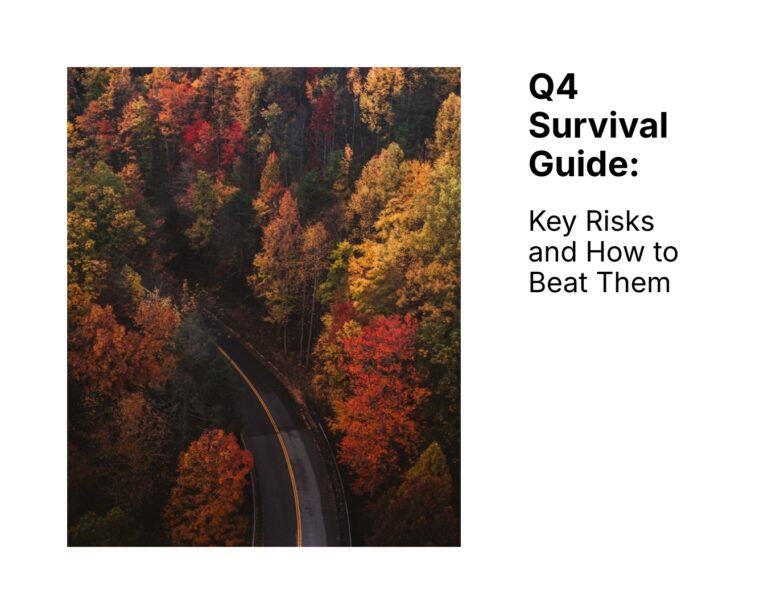Business Growth and Getting to the Next Stage
The secret to having a successful business is understanding where you are in the business growth cycle. Knowing what stage you’re in, enables you to determine how to get to the next one.
In 1983, academics Neil Churchill and Virginia Lewis devised a classic 5-stage model depicting the stages of business growth. According to Business Coach Brian Doubleday in the UK, only 20% of businesses get passed the sole trader stage. This is not great news.
Businesses all grow at different paces and in varying ways. However, they do follow a pattern, and I believe recognising what stage you’re at, how to move on to the next stage and what pitfalls may lie ahead, will increase your changes of success.
The recognized stages of business growth include:
- Existence.
The first stage is basic. A blank canvas if you will. You should expect to make a loss, or at best break even. The owner is very hands on, and performs most tasks in the business.
The main challenges are:
- Obtaining new customers
- Delivering products or services that customers want to buy
- Deciding on how you will finance this business. Do you need outside funding, or are you going to bootleg it?
- Creating a basic initial business plan and budget so that you know what level of revenue you need to earn in order to succeed
You can hire an outsourced FD on a project basis to assist in the funding decision. Outside funding is not always the right path for everyone. When it is, an FD can help you put the financials together to increase funding success.
Secondly, get an expert in to work out your budget. Essentially, know what you as a business owner need to take home after tax to cover your personal outgoings. Work from the bottom up. What are the essential overheads you need to spend? This leaves you with a remaining gross profit you need to be able to make this work. An FD can help you work out pricing, cost of sales and lastly, how much revenue you need to earn in your first year. If you have this, you now have a sales target, a cost budget to keep under, and a solid plan to get you to the end of year one.
- Survival stage.
Yes! You did it. You have a product or service, which customers are buying. The business is now established. You are still however, in survival mode. The business may be generating some profits, but not enough to fund future growth. The owner is still very much hands-on and involved in all areas of the business.
Now is NOT the time to start offering employees 25% pension schemes and Friday afternoons off in the pub, to keep them motivated. There are many low cost methods of motivating your employees. Instead focus on ensuring you have the right people. Quality training is in place. Now may be the time to have an actual office (or at least use of a shared office facility).
You need to keep costs relatively low, while you work out how you’re going to generate enough profits to be able to move to stage 3.
A common problem here is finding the funding to grow. For instance, you may need growing levels of stock to cover increased sales. You may need to pay out for large orders to be put into production, knowing the customer is not going to pay you for a few months. But production needs to be paid today.
There are options such as loans, trade finance arrangements (where your bank pays the factory directly based on a purchase order- and you have say a number of days to pay them back) or invoice discounting (where your financial provider pays a percentage of your sales invoice immediately, so you do not have to wait for your customer to pay you).
There are many options, but they do need to be considered. An FD can be a lifesaver here, walking you through the options and leading the negotiation for you with your bank or financial provider.
- Success.
At this point, the business is beginning to thrive. The business has achieved its goals. Now the owner must make a very big decision.
Do you
- Use your growing profits to increase your personal wealth?
- Re-invest your growing profits into the business to fund more growth?
This is a very personal decision. But one which needs to be made. This is also the stage where the owner should decide whether or not he/she wants to disengage from the business or stay fully immerged.
- Take-off.
Presuming now that the decision in stage 3 was to re-invest profits into the business, the business has now substantially grown and is significant in size.
At this level, you need good solid processes, decentralised systems and improve your business software. You need professional level- HR systems. Your accounting software should be a decent ERP system, (not QuickBooks or Xero at this point).
The business owner can detach from the business. Managers and Directors are running things.
Profits can be used for purposes such as funding new business ventures, acquisitions, expansion into new geographical markets, product diversification and so on. Think Big! This is the time to take things to a whole new level.
It’s time to re-do your business plan. Where do you want to be? Your key management team should be involved in this planning. Your CFO will play a crucial role here.
- Resource maturity.
This is the final stage. Here, businesses focus on consolidating and controlling the financial gains brought on by rapid growth.
It is a challenge to keep up with rapid expansions and still keep the entrepreneurial spirit. Making sure the right culture is present can be worked on here to ensure this.
A strong management team is essential to eliminate inefficiencies that growth can create. And the business must be fully professionalised. Budgets, systems, IT, strategic planning, management by objectives and standard cost systems.
I often hear from small businesses that decide to engage in a part-time FD, that it is something they should have done a year ago. Especially from businesses that are too busy to look into it, because they are too busy growing. Don’t wait until it’s too late. Get the help you need – whatever stage you are in.
WrightCFO Ltd (insert link) is a consultancy of Part-Time Finance Directors and CFOs for SMEs. Email me to find out more sophie@wrightcfo.co.uk










